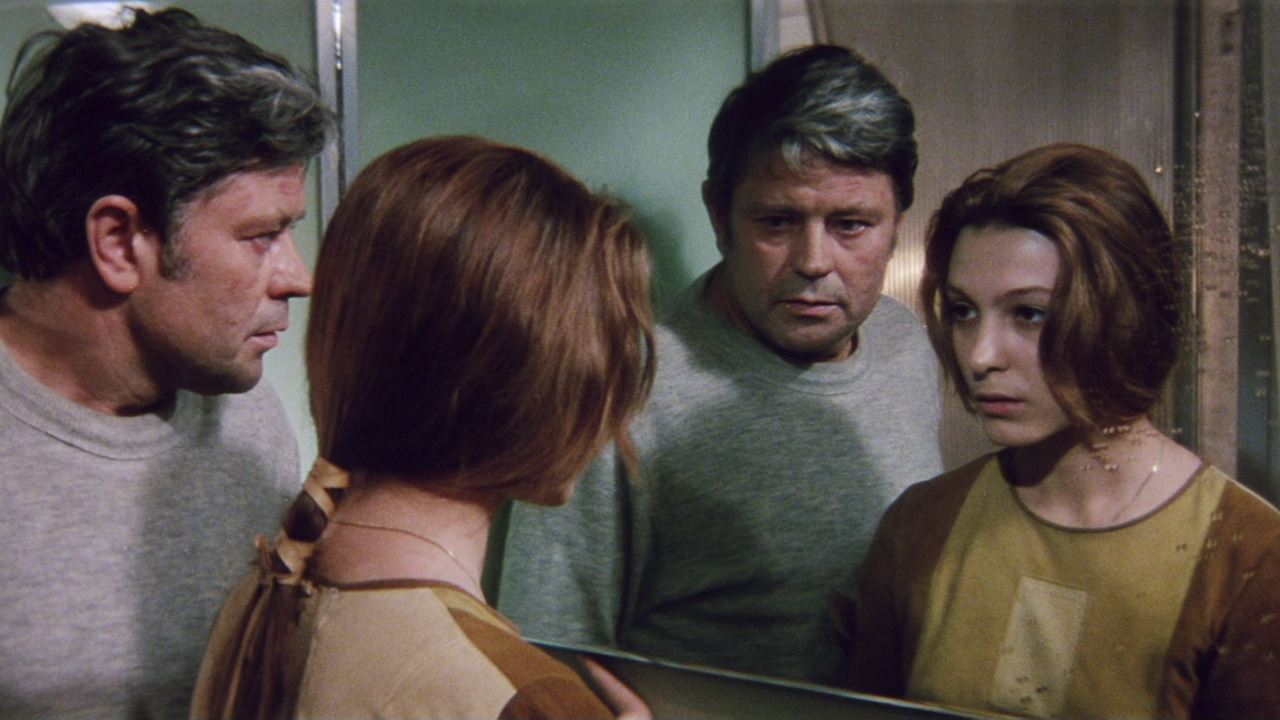
These 10 ambiguous films are a great example of how to create a compelling and enthralling story without attaching to the conventional cinematic storytelling rules. The final uncertainty is crucial for the narrative and encourages the viewer to question the bizarre nature of the movie and to make sense of the events occurred (if there is any).
10. Enemy (2013)
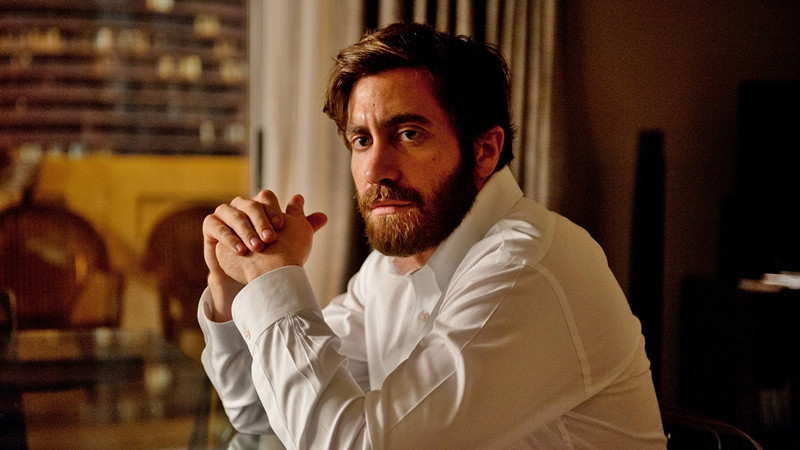
“Enemy” follows the tedious monotonous life of college history teacher Adam Bell (Jake Gyllenhaal), whose daily routine is limited to giving lectures at the university, sitting around in his minuscule apartment, and having insipid sex with his girlfriend Mary (Melanie Laurent).
Adam’s dull life is disturbed when, on a recommendation by a co-worker, he watches a particular movie: “Where There’s a Will There’s a Way.” Upon viewing it, he notices that one of the actors, by the name of Daniel Saint Claire (also played by Gyllenhaal), bears a startling resemblance to him.
Intrigued by this perplexing discovery, Adam fuels an obsession and tracks down the actor, only to find that the two are physically identical in every aspect; moreover, he also learns that his mysterious double has a six-month pregnant wife and has apparently settled down much better than him.
Adapted from Jose Saramago’s novel “The Double,” the film makes use of a great amount of symbolism (a constant imagery of spiders, to be precise) and several underlying themes that play a key role in the story. Furthermore, this movie has one of the most frightening and unexpected endings in cinema history, which people have struggled to elucidate in countless ways, but there will probably never be a clear-cut answer to it.
9. Resolution (2012)
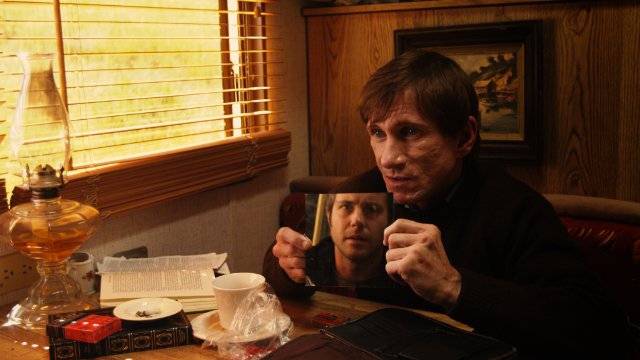
After Michael Danube (Peter Cilella) receives a strange video of his best friend Chris (Vinny Curran) acting erratic and delusional due to his methamphetamine addiction, he becomes determined to save him the hard way by handcuffing him to a pipe in an abandoned shack in the middle of a remote rural area.
Shortly thereafter, sinister events start to arise when they notice they are being surrounded and stalked by several mysterious forces and entities that don’t seem to link together.
What initially appears to be a plain story about two friends dealing with bizarre personages and a haunted cabin eventually evolves into something more complex and disturbing, as the film constantly challenges the viewer´s imagination to solve the puzzling concept behind all these particular happenings.
All the strange events reach their peak in the very final scene, where the spectator is supposed to disclose who (or what) is the real enemy that has been chasing/hunting the protagonists, or even if it’s all actually happening. However, the last five closing seconds are far from sufficient in reaching a satisfying conclusion.
This clever and claustrophobic low-budget film is a refreshing change of pace for the horror genre, and has a hardly comparable outcome to any other movie out there.
8. The One I Love (2014)
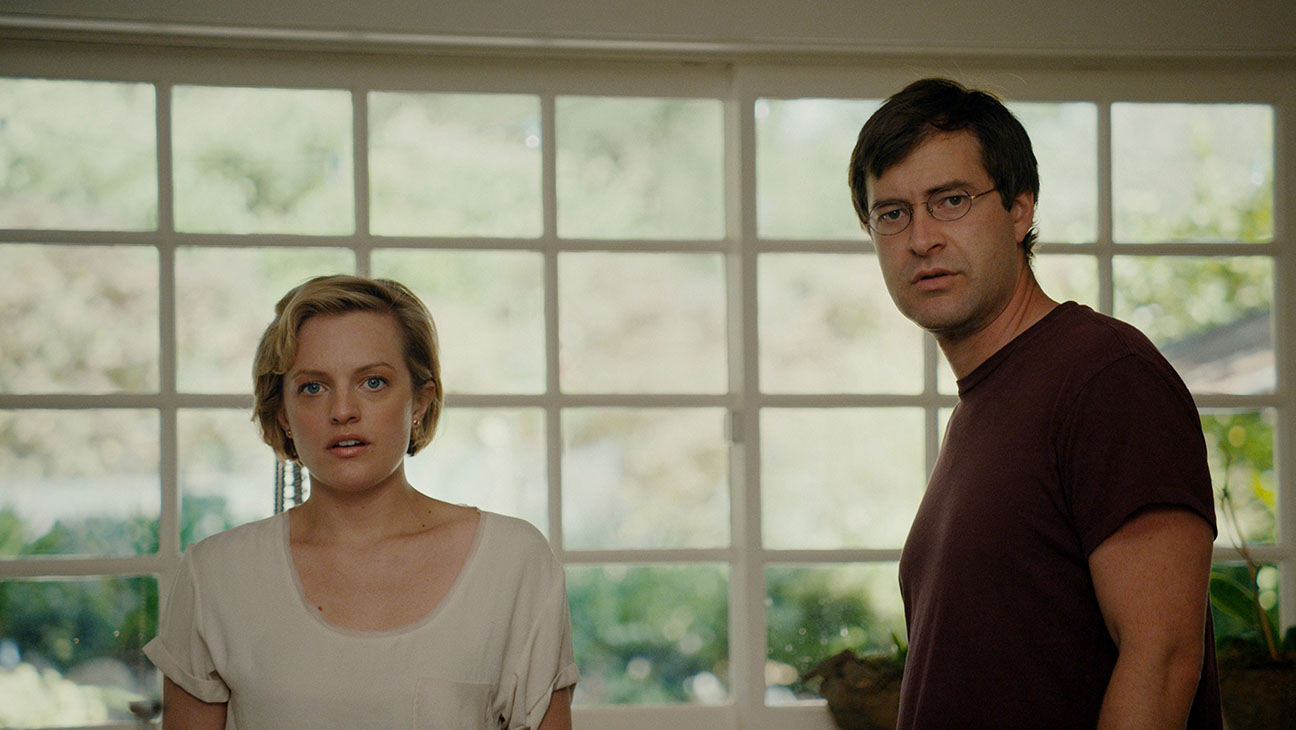
In “The One I Love,” we meet Ethan (Mark Duplass) and Sophie (Elisabeth Moss), a middle-aged troubled couple in a decaying relationship at the verge of separation. They have been growing apart for awhile and it’s almost impossible for them to connect with each other anymore.
This is why their therapist (Ted Danson) recommends they spend a weekend getaway in a quiet and peaceful cottage, being that this seems to have miraculously worked for his other patients. The couple is willing to do anything to save their marriage, and they agree to go.
Later, what begins as a romantic and reconciliation retreat develops into an extremely surreal scenario when they eventually encounter their own partner’s improved doppelganger. From this point, madness ensues and soon Ethan and Sophie are venturing separately into the guesthouse, each to meet their spouse’s clone. These strange and extraordinary circumstances take Sophie to the inexorable point where she actually falls in love with Ethan’s double, as she finds in him all the qualities that her own husband lacks.
This particular blend of romantic comedy and sci-fi thriller approaches in a superb way the main and most important values in a relationship as trust, loyalty, and honesty. Despite the given clues and the characters desperately trying to unravel the mystery and find the coherence on the striking events occurred throughout the film, they ultimately never seem to find a conclusive explanation for them.
7. American Psycho (2000)
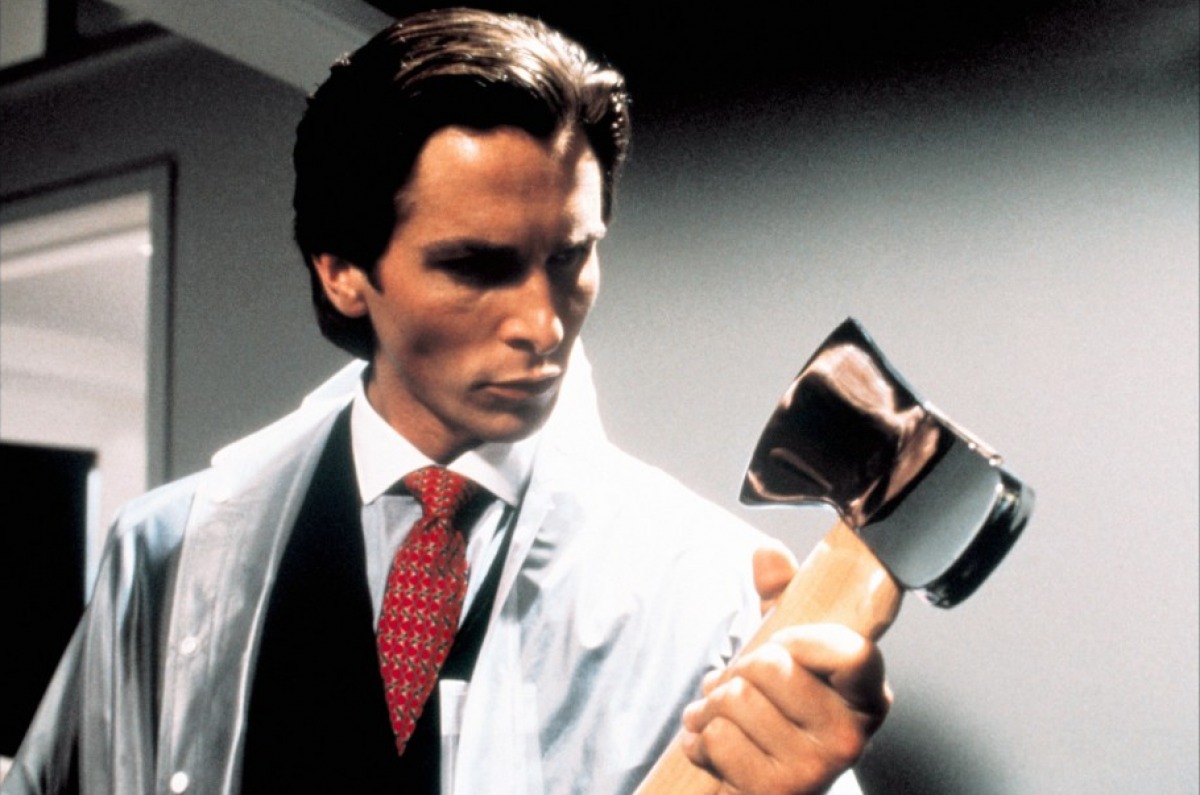
Based on Bret Easton Ellis’ controversial novel “American Psycho,” this film depicts the life of the narcissistic and power-hungry Patrick Bateman (Christian Bale), a wealthy good-looking Wall Street executive with an extremely sadistic side and an unhealthy obsession toward all materialistic pleasures. As well as having the best looks, the most expensive apartment, and the fanciest business card, he is also constantly consumed by a frantic taste for homicidal activities.
The film uses strong violence, graphic sex scenes, and an extremely dark sense of humor in order to display a razor-sharp satiric look on the materialistic and predatory behavior in modern society, where traits such as moral shallowness, deceitfulness, and greed are crucial in the fight for material power and success.
By the end of the film, after Bateman has almost completely succumbed to his bloodthirsty tendencies, the audience sees him realize that what he is experimenting in may not be entirely real, and he isn’t even sure if he is who he thinks he is. Is Bateman simply fantasizing about what he would like to do? Or did he, in fact, murder these people with no one around him noticing it because they are all so self-obsessed?
The question is left open for interpretation.
6. Blow-Up (1966)
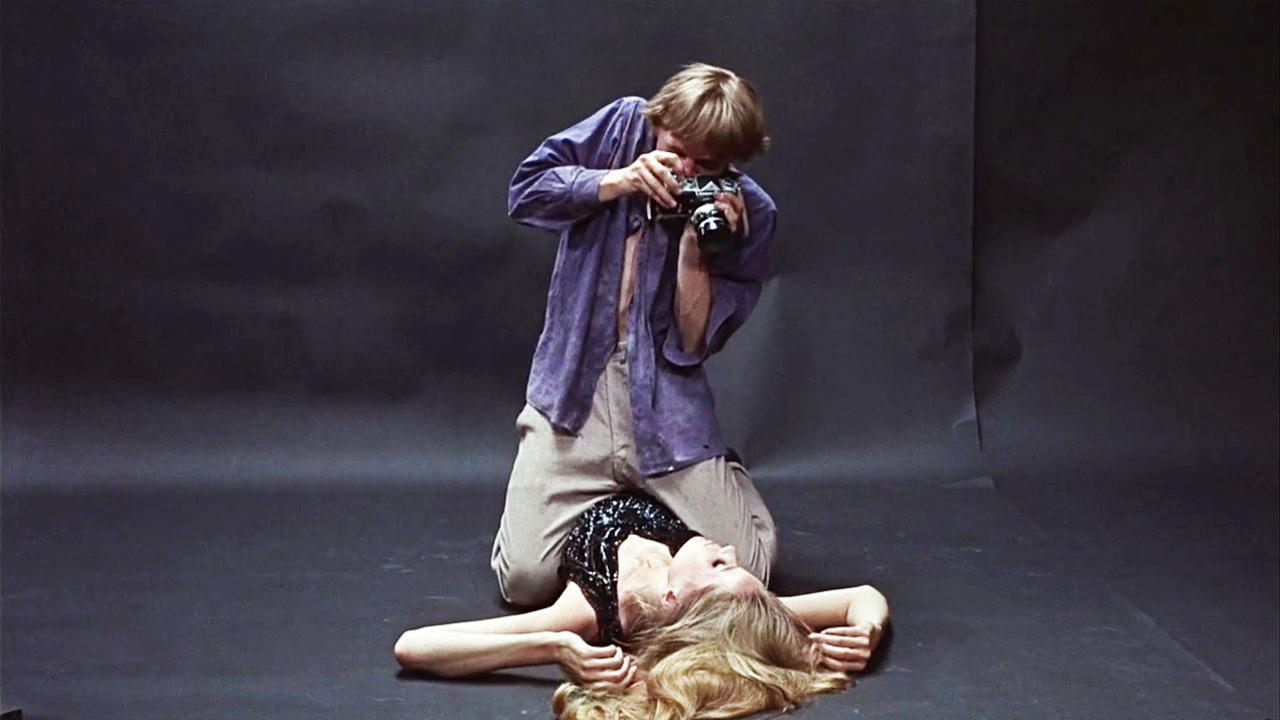
In Michelangelo Antonioni’s first English-language production, “Blow Up,” David Hemmings plays Thomas, a womanizing fashion photographer who, after blowing up some pictures he had been taking of a young beautiful woman with her partner at the park, discovers what appears to be a murder committed under a bush. The idea slowly haunts Thomas, and he becomes obsessed with unraveling the crime.
The film revolves around the blurry photographs and the way they portray different perspectives when looked upon in different angles and positions. Therefore, what allegedly seems to be a plot centered on a photographer trying to solve a murder is more of an insight into perspective and the way our minds mold circumstances into what we want them to be.
In the creative ending, Thomas watches a team of mimes performing a pantomime of a tennis match. Eventually, he picks up the imaginary ball and throws it back to the players; shortly afterward, the actual sound of the ball being played can be heard.
Is this scene the last hint that proves that the whole murder situation was constructed by Thomas in his mind? Wasn’t there even an assassination or a corpse? Or was it?